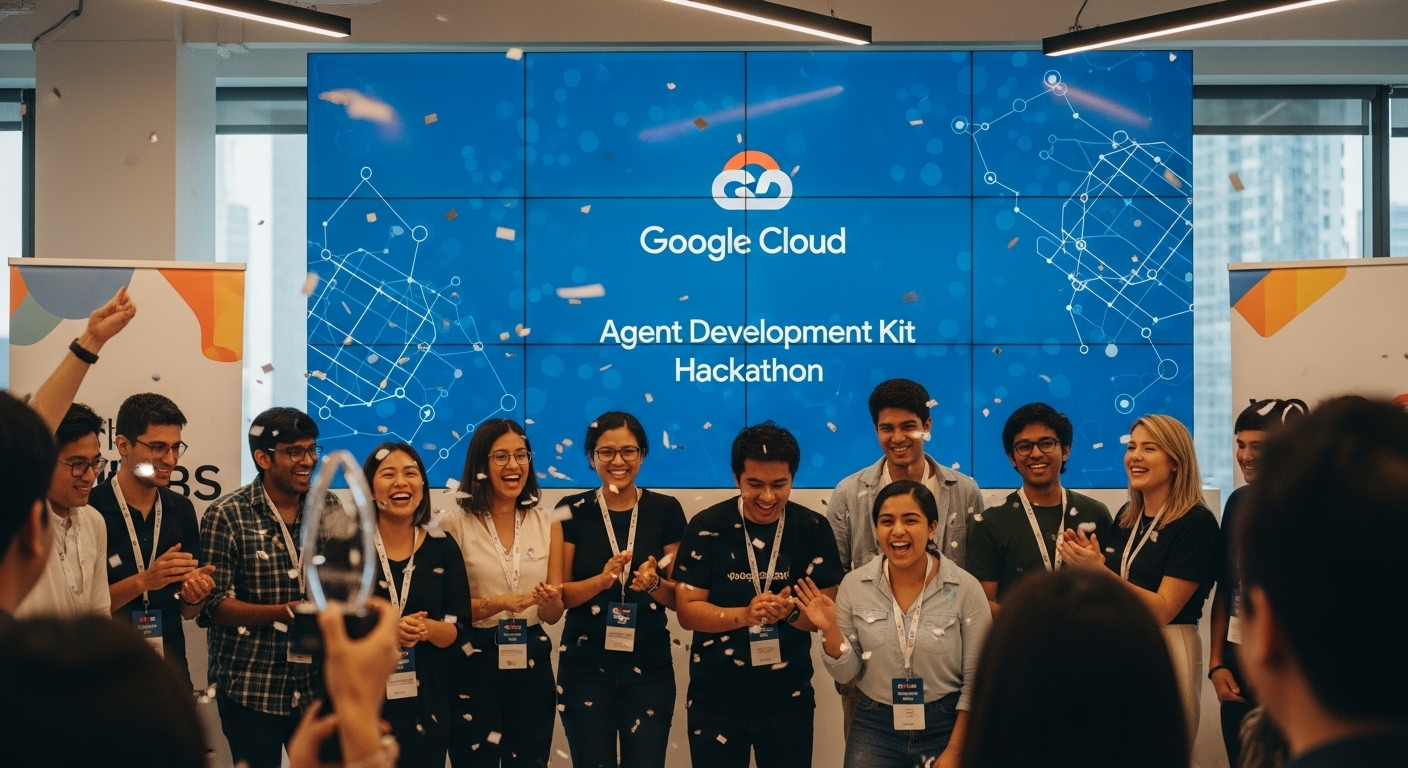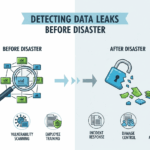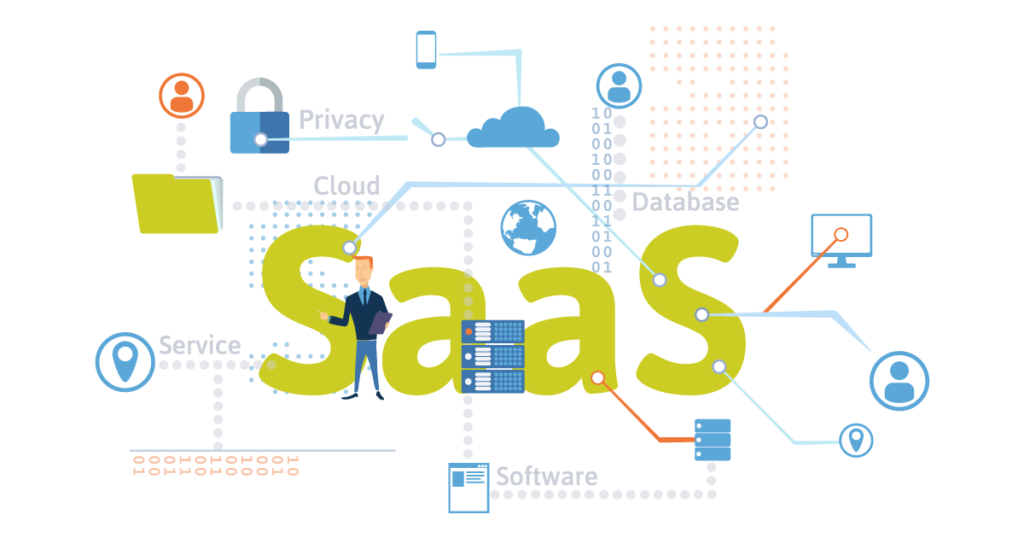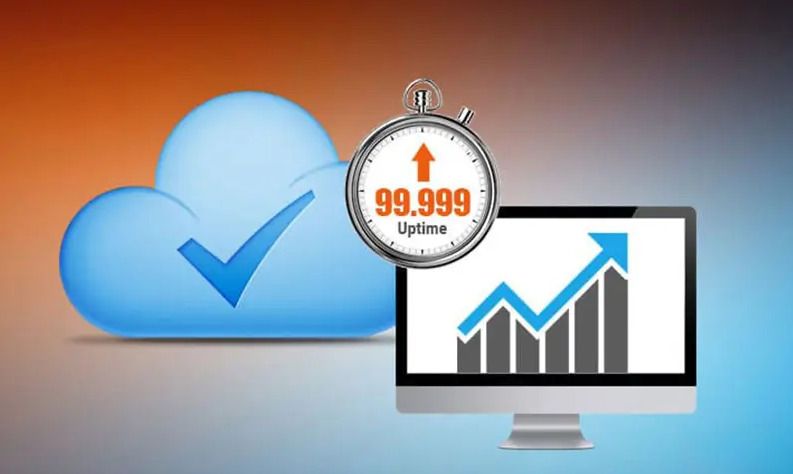A new cyber threat, dubbed GhostRedirector, is emerging in the cybersecurity landscape. This sophisticated attack targets Windows servers, leveraging a combination of backdoors and SEO manipulation to achieve its goals, potentially leading to financial losses and reputational damage. This article provides a detailed look at the attack, its impact, and how to protect your business.
The Shifting Cyber Threat Landscape
The cyber threat landscape is constantly evolving. As businesses increasingly rely on web servers, these systems become prime targets. GhostRedirector exemplifies this, highlighting the growing trend of targeted attacks that employ multiple techniques. Active since at least August 2024, the GhostRedirector campaign has compromised at least 65 servers across the globe, primarily in Brazil, Thailand, and Vietnam, but also in the US, Canada, and other regions. This broad reach underscores the need for constant vigilance across all industries and the critical importance of robust cybersecurity measures.
Inside GhostRedirector’s Arsenal
At the heart of this attack are two custom tools: Rungan, a stealthy, passive C++ backdoor, and Gamshen, a malicious IIS module. These tools enable attackers to gain persistent access to compromised systems and manipulate search engine results, ultimately for financial gain. The initial entry point is believed to be an SQL injection vulnerability, followed by the use of PowerShell to download and execute malicious payloads.
Rungan: The Stealthy Backdoor
Rungan is designed to remain hidden, monitoring for specific URL patterns, such as https://+:80/v1.0/8888/sys.html. Once triggered, it executes commands embedded in HTTP requests, including creating new user accounts and running commands on the compromised server. The backdoor utilizes AES in CBC mode for string decryption, making it stealthy and persistent. The backdoor allows for the execution of commands on the compromised server, giving the attackers full control.
Gamshen: SEO Fraud as a Service
Gamshen is where the attack becomes particularly insidious. This malicious IIS module intercepts requests from Googlebot and alters the server’s responses, effectively boosting the ranking of a target website. In essence, it provides SEO fraud as a service. Imagine the damage to a legitimate website’s reputation when it’s associated with a gambling site or other malicious content! This level of sophistication, involving the manipulation of search engine results, demonstrates a deep understanding of web server architecture and SEO principles.
What This Means For You
According to ESET researchers, GhostRedirector highlights the increasing sophistication of cyberattacks. Fernando Tavella of ESET notes, “While Rungan has the capability of executing commands on a compromised server, the purpose of Gamshen is to provide SEO fraud as-a-service, i.e., to manipulate search engine results, boosting the page ranking of a configured target website.” The use of custom tools in conjunction with known exploits shows an ability to adapt to new threats and the importance of proactive security measures.
Protecting Your Business
Protecting your business requires a multi-layered approach. First, prioritize patching vulnerabilities, especially SQL injection flaws. Implement robust detection mechanisms, including comprehensive network monitoring. Enhance your incident response capabilities, and be aware of the risks posed by malicious IIS modules. Employ strong passwords and multi-factor authentication across all systems. Staying informed about emerging threats and vulnerabilities is also crucial. Cybersecurity is an ongoing process, demanding constant vigilance and proactive security measures.





